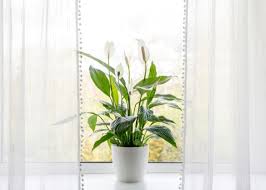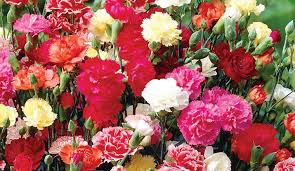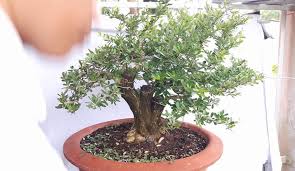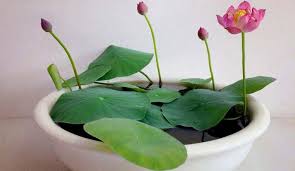Prominent Royal Folding Screens: A Symbol of Elegance and Culture
Folding screens, also known as “biombo” in Spanish, “byobu” in Japanese, or “páraván” in Hungarian, have long been cherished as symbols of aristocracy, elegance, and refinement. These screens, often highly decorative and functional, were initially created to separate rooms, provide privacy, or serve as backdrops for ceremonies, but over time they evolved into stunning works









